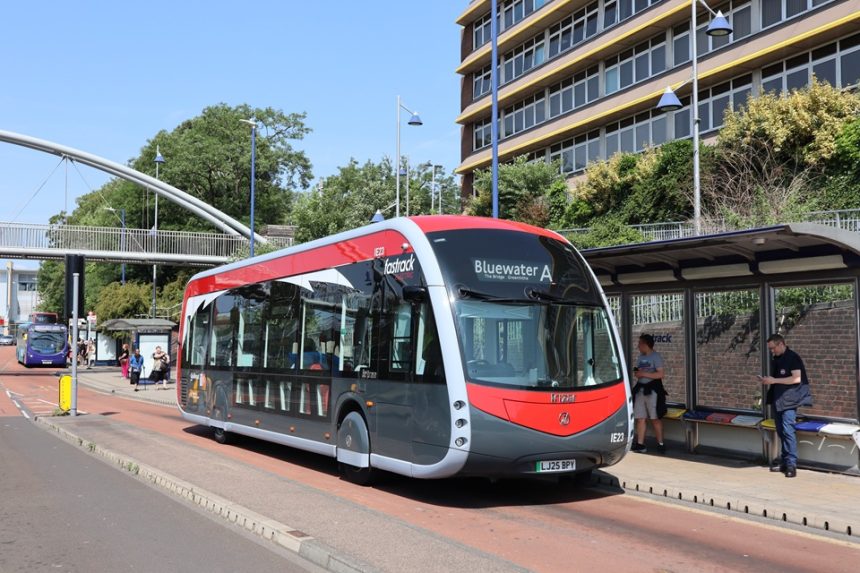Clarity on local transport funding in England via the spending review outcome is welcome, as was made clear by the responses from stakeholder bodies.
Indeed, the four-year, £2.3 billion Local Transport Grant (LTG) certainty on capital funding allocations outside city regions is greater than the three-year approach hinted before. And those latter areas fare even better in terms of the long-term outlook via Transport for City Regions (TCR) money. Allocations there are to FY2031/32.
Neither pot is bus-only, however. Key now will be to ensure that the mode gains its fair share of what will be forthcoming.
Imperative also is detail on the separate bus-specific revenue pot. It was quickly revised up to £900 million per year from the originally cited £750 million and includes things such as BSOG, fare cap reimbursement, maintaining and improving services, and so on.
Regardless of the awaited particulars, a lot of money will be spent on buses in England over the coming years. That leaves two overarching questions: What it will pay for, and how local transport authorities, and particularly those outside city regions, will oversee large pieces of transport-related work.
Bus Service Improvement Plan (BSIP) funding has already gone to many revenue and capital projects. There will be a desire for ‘big ticket’ capital items from the new mechanisms, but those must not overshadow simpler and faster to deliver revenue items. Prominent among those are simple frequency uplifts and extensions of operating hours.
While not funded by BSIP, a town in northern England recently gained a new bus station. Yet some services using it are a shadow of their former selves. One estate gets a bus every 80 minutes at peak times, but at least home-bound travellers have a nice place to wait for it.
Frequency and reliability are repeatedly cited as being most important to users for existing provision. Those considerations directly relate to both revenue and capital spending. One is as important as the other.
Meanwhile, the LTG pot includes a claimed £100m of resource funding for LTAs over the first three years of the wider settlement. That is perhaps as relevant as other headline-grabbing figures for capital and revenue allocations.
Decimation of local authority budgets has unsurprisingly seen their transport capacities take a hit in many cases. Continuing to rebuild those from what is often a pretty low ebb, work that began with previous funding streams, is a long-term task.
Human resource is a key factor in how quickly transport schemes progress, and whether there is a sufficient pool of skilled planners, analysts and others so that each authority can leverage its long-term funding allocations remains to be seen.
Nevertheless, where skill and will is in place, things that make a real difference can move quickly. Patronage uplift rapidly follows. Enhanced Partnership work in places like Leicester and Portsmouth demonstrates that.
While final details are awaited, calls from the bus industry in England for a longer-term horizon on funding have finally been acted upon. Now those involved in service planning and delivery need to do their bit and come good on the things that matter to the most important party: The passenger.



























